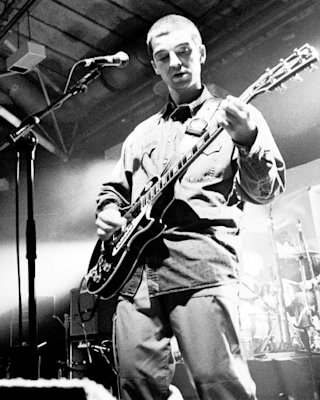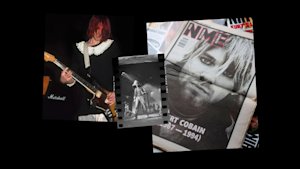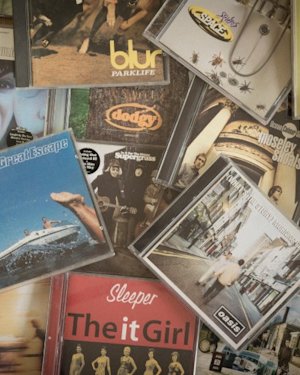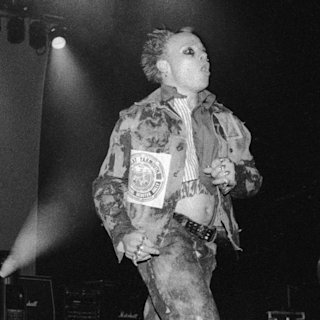1994: Guitar music dominates on both sides of the Atlantic
PUBLISHED: 9 MAY 2022
READ TIME: 5 MINS

Both Oasis and Blur used Marshall amps extensively as Britpop pierced the zeitgeist.
Though beats, synths and danceable rhythms were making waves underground, guitar music still dominated on both sides of the Atlantic in the ‘90s. The year 1994 was a notable nexus point, where two parallel subcultures made headlines across the world.
In the US, grunge marked a new evolution of the punk and hardcore of the ‘80s, foreshadowing the emo music and subculture that came later. Emerging from Seattle via Soundgarden, Pearl Jam, and Alice in Chains, it was seen as a reaction to the hair metal bands of the previous decade, with music drenched in distortion and fuzz and barbed with angst-ridden lyrics. The wider community was defined by messy hair, baggy clothes and a general slacker aesthetic – which went hand-in-hand with the themes of detachment and defiance in the songs.
...Grunge marked a new evolution of the punk and hardcore of the '80s...
Nirvana frontman Kurt Cobain was an unwitting spokesperson and style icon within the grunge scene. He sang sarcastically about teen spirit in a manner relatable to a generation of outsiders, and spoke out against homophobes, sexists and racists while also vocalising support for the pro-choice (anti-abortion) movement. Loners and rebels alike felt inspired by his fashion choices – and pulled from men’s and women’s wardrobes alike as they created new identities via flannel shirts and thrift store finds. When Cobain passed away on 5 April 1994, the brightest flame of the grunge movement was extinguished. Fans old and new still mourn him to this day.

Nirvana perform with Marshall amps in 1991. Blur performing live. The NME reports on the death of Kurt Cobain in 1994.
Britpop came into vogue the same year in the UK, as two definitive albums in Blur’s ‘Parklife’ and Oasis’ ‘Definitely Maybe’ smashed the charts. This presented another departure from the hard rock, punk, and metal sounds that had ignited ‘80s America – and captured the zeitgeist at a time when ‘Cool Britannia’ was evoking newfound pride in British culture.
As left-leaning politics gained momentum in the UK, bands like Oasis, Pulp, and Blur drew from their own musical heritage – particularly artists of the ‘British Invasion’ of the '60s. The flag of the United Kingdom became a point of pride once again, too – as Noel Gallagher’s Union Jack Epiphone Sheraton made evident.

Britpop and alternative rock CDs from the ‘90s.
Instead of the gloom and introspection associated with grunge, Britpop championed optimism and decadence, and frequently criticised gentrification. Ripped jeans and long hair were out, and Fred Perry polo shirts and Kappa tracksuits were in – with the look reflecting the subculture’s integration with non-musical communities like that of football. Just as sports fans in Manchester and London were united by rivalries towards one another, a regional pride in Britpop was accentuated by the Blur vs. Oasis rivalry of 1995. The latter was dubbed “the greatest pop rivalry since the Beatles and the Rolling Stones” by the media.
...Britpop championed optimism and decadence...
Blur won a key clash when they beat Oasis to the top of the UK Singles Chart that year, but the “Battle of Britpop” waged on. The Manchester outfit would strike back in 1996, performing two gigs at Knebworth for an audience of 125,000 each night. They were the largest outdoor concerts in UK history.

Blur performing live at Alexandra Palace in London.


